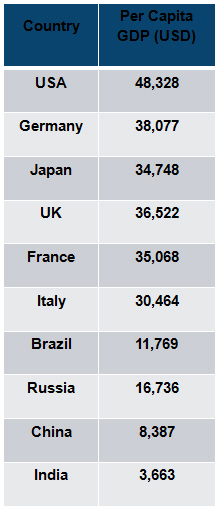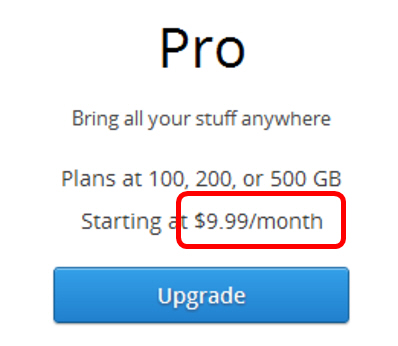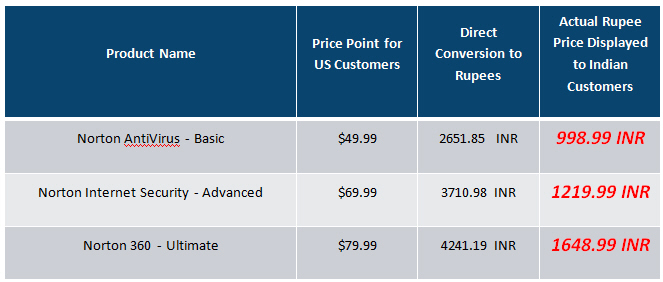There’s more to your business than just creating a valuable product – you also have to make sure that your products are available to your customers at affordable prices. The problem is that “affordable price” means different things in different places: A $50.00 B2C product may be called “affordable” in the US and UK. But in China or India that price might be called “prohibitively expensive.”
The table below is a sample of data showing the purchasing power parity (PPP) per capita in different countries around the world. One quickly notices that, on average, people in the USA, Germany and Japan have greater GDP per capita than people in India, China and Russia.

Email and digital download allow software vendors to easily become global vendors. But that’s only in terms of how easy it is to deliver digital goods to customers across the globe. The fact that visitors around the world might land on the product pages and shopping carts of a business based in the US, is only the beginning of successful ecommerce. The next step is to convert those global visitors into paying customers.
The question is, why do some software companies see higher conversion rates for one market and lower conversion rates for others. There will never be one definitive answer to that question, but there are tests that businesses can perform in order to gain some clarity on the issue.
When certain regions do not perform as well as others, one thing to test is price. Companies can improve local conversion rates by ensuring that products are available to customers at a price that they can afford. In addition to setting local prices at the right point, it is also important to set customer friendly prices in local currencies, which means rounding price numbers instead of using a floating exchange rate.
Surprisingly, even strong performing software companies sometimes get this wrong. The following images from Dropbox and Norton were taken from a browser with an Indian Geo-IP address. Dropbox, you will note, actually presents Indian visitors to product pages with prices well beyond the average visitor’s means and in US dollars instead of Indian Rupees (INR).

Norton, on the other hand, detects the visitor’s location with Geo-IP tools and displays a marked-down price in Rupees for Indian visitors. They apparently understand that a direct currency exchange does not play well with their customer base in India.

The table below illustrates how insightful Norton is in its attempt to appeal to Indian consumers, marking down prices by almost 70%.

As an ecommerce software vendor, one of your biggest concerns is a shopping cart with a high bounce and/or low conversion rate.
According to Avinash Kaushik, the man who wrote the book on web analytics, the reason some shopping carts have low conversion rates is simple: The purpose of the shopping cart does not match the intent of the visitor. To extrapolate to our discussion, a conversion rate in a particular country might be low because the price of the product does not match the customer’s ability to pay.
All too often, ecommerce managers trying to increase revenues spend too much time looking at their average worldwide conversion rates. Erroneous or incomplete conclusions are reached and attempts to fix elements of the sales funnel or the layout of the shopping cart fail to improve the situation. Instead, they should begin looking at conversion rates by country and finding better ways of appealing to local customers through price tests.
Keystone
Monitor, analyze and optimize conversion rates country by country. Countries with low conversion rates can be improved by matching prices according to customers’ ability to pay.